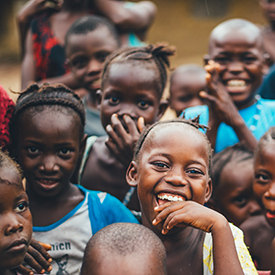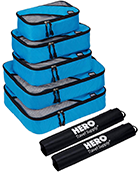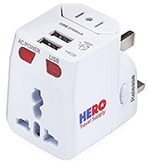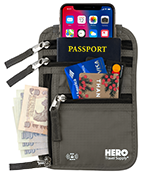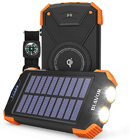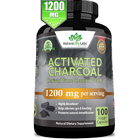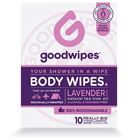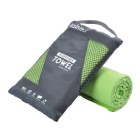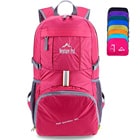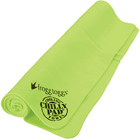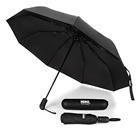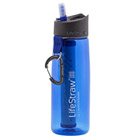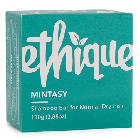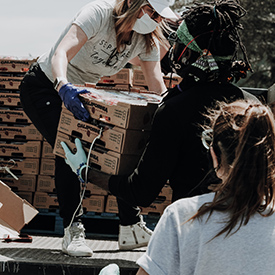Teaching Classes: A huge proportion of Peace Corps Volunteers work primarily as schoolteachers, and many more ending up teaching some classes even if it’s not in their official job description. In many host countries, teachers tend to dress formally, and things like sandals, jeans, and T-shirts might even be against the school’s dress code. Your Peace Corps wardrobe for teaching will probably need to include dressier items like slacks, collared shirts, close-toed shoes, and conservative dresses for women. In some areas, female teachers will be expected to wear skirts or dresses, rather than pants.
Meetings with Officials: There’s also a good chance you’ll end up needing to meet with government and other officials during your service, and they tend to dress up in many countries as well. This is another time you’ll want to wear nicer (and conservative clothes), like dress pants, collared shirts or nice blouses, dresses or skirts, and closed shoes.
Volunteer Training: The first three months of your time in the country will be spent in training, and you’ll also have additional training and volunteer conferences throughout your two years. During these, volunteers generally dress very casually (although still conservatively in most countries). You’ll probably want to wear things like jeans, lightweight pants or capris, T-shirts, casual dresses or skirts, and sandals.
Cycling: In many Peace Corps countries, biking is one of the most common ways to get around, and the Peace Corps often provides volunteers with bicycles. Even though it can be a little uncomfortable, you’ll probably need to dress conservatively, even when cycling. That means no bike shorts! Instead, go for pants or capris and a T-shirt, along with sturdy shoes.
Vacation: Peace Corps Volunteers do get vacation time! Many volunteers use that time to travel to other regions of their host country or nearby countries. In most cases, similar rules for covering up will still apply, although expectations are certainly relaxed at beaches and resorts and in tourist areas. For vacations, you’ll probably want to wear casual clothes and sandals, and don’t forget to pack a swimsuit.




